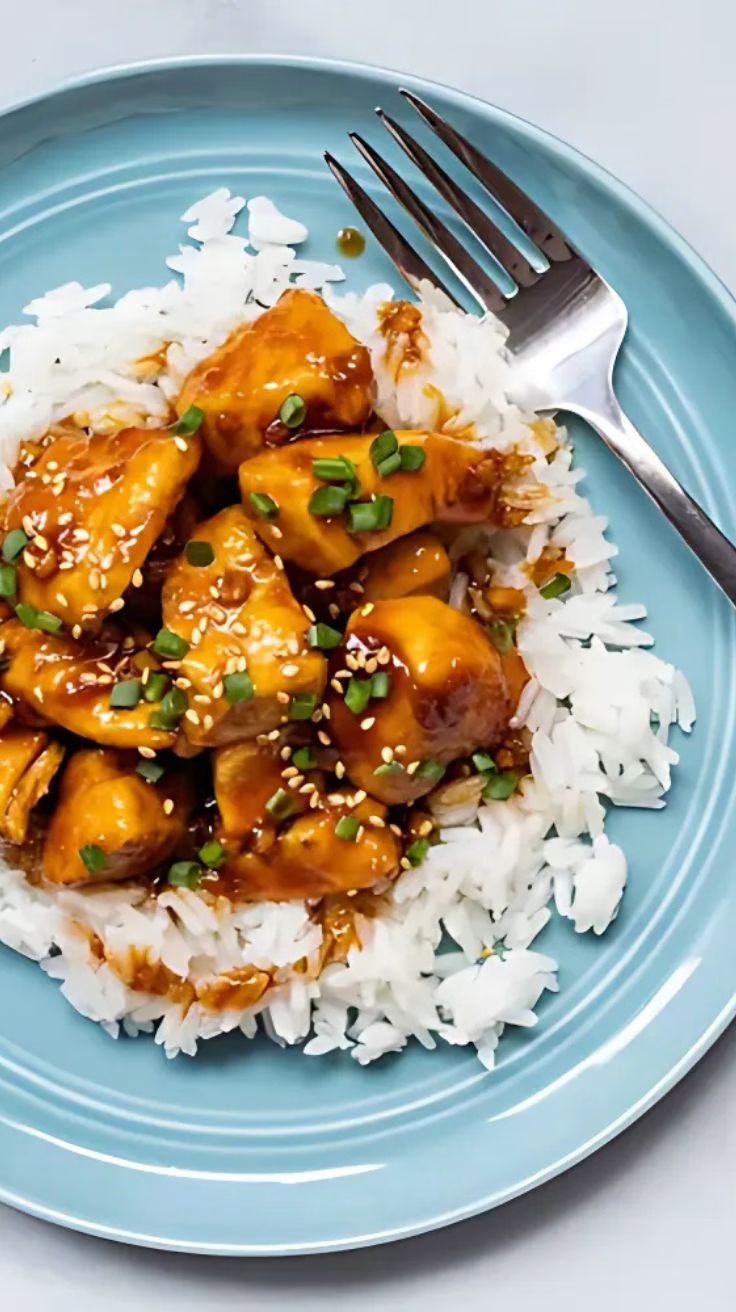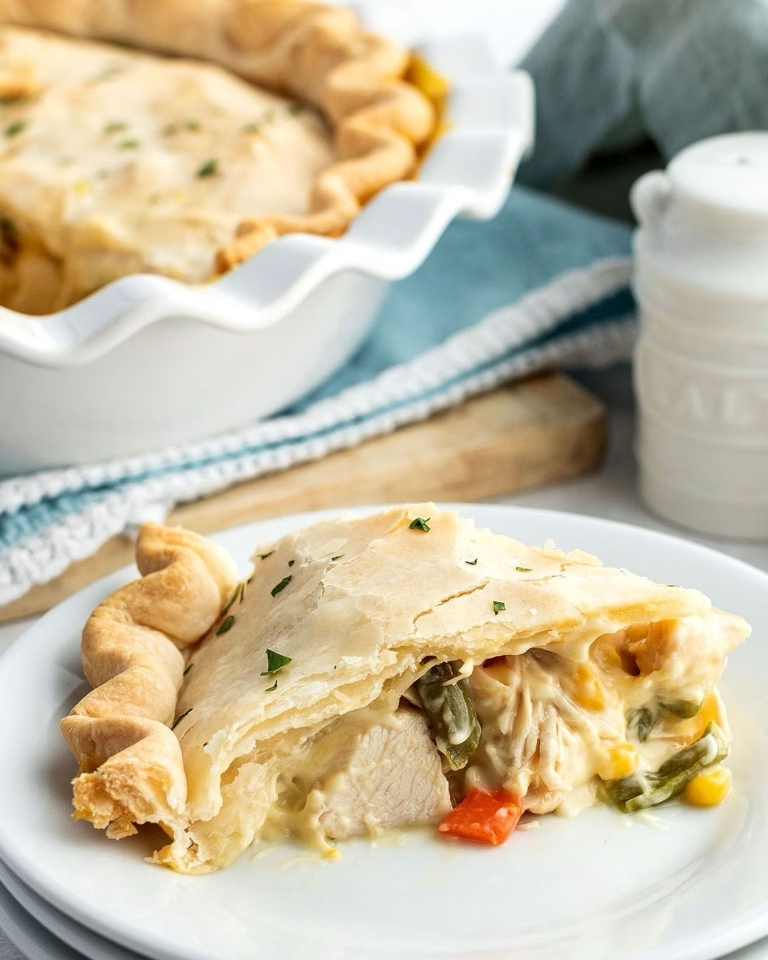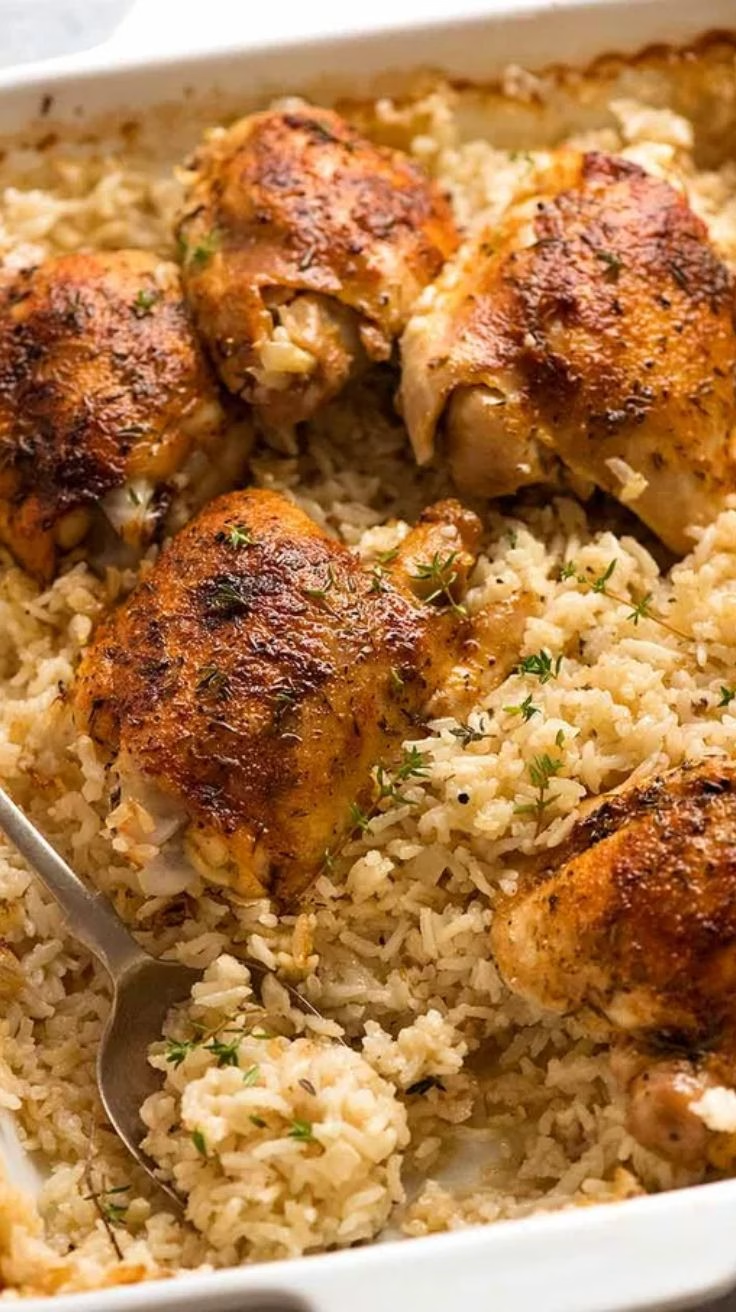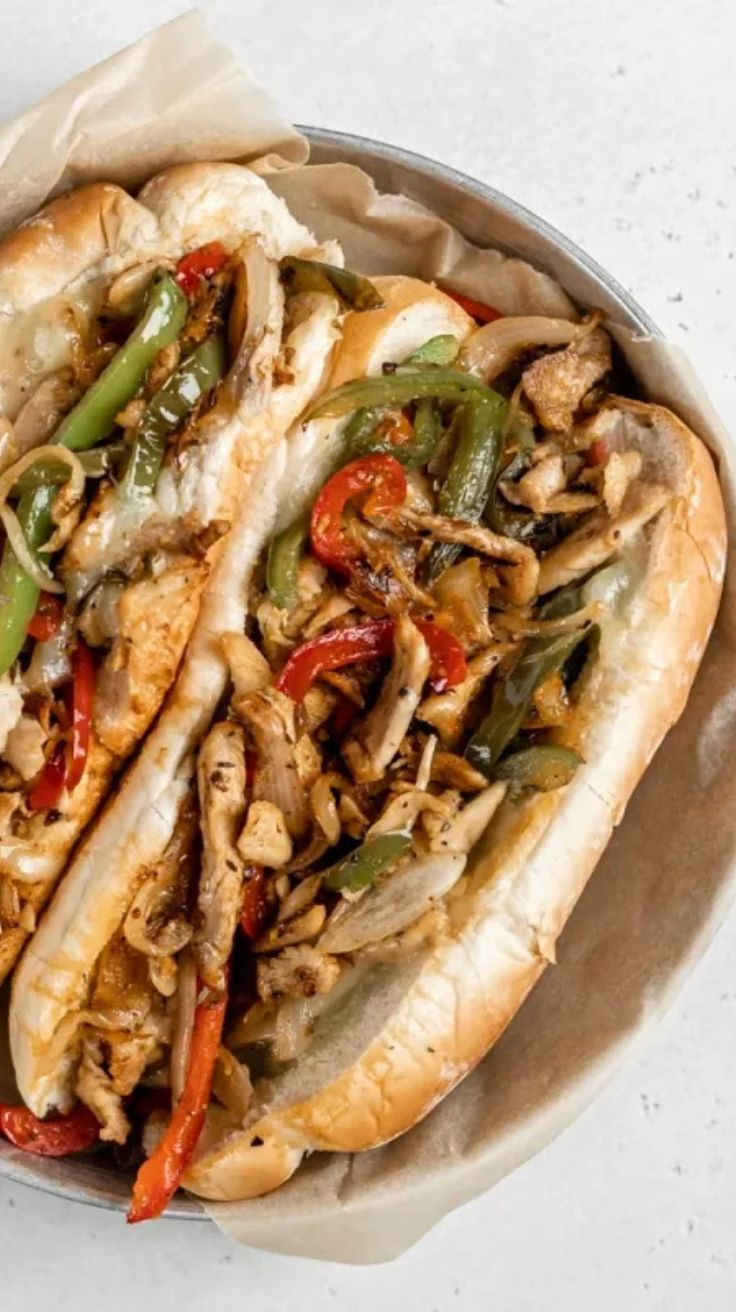When I first made Chateaubriand, I was immediately captivated by how a few simple steps could transform beef tenderloin into such an elegant and flavorful dish. The buttery tenderness of the meat paired with the luxurious red wine sauce felt like dining in a French bistro.
If you’ve never tried making it yourself, I can confidently say it’s not as intimidating as it sounds. With the right ingredients, tools, and a bit of love, you can bring this French classic to your table.
Credit: thespruceeats
Ingredients
Here’s what you need to create this elegant dish. Each ingredient plays a crucial role, so stick with fresh, high-quality options for the best results.
- 1 pound beef tenderloin, center cut
Why: It’s the most tender cut of beef, perfect for special meals. Avoid pre-cut steaks for the authentic style. - Salt and freshly ground black pepper, to taste
Why: These enhance the natural flavor of the beef with minimal effort. - 3 tablespoons unsalted butter, softened and divided
Tip: Unsalted butter gives you full control over the seasoning. - 2 tablespoons olive oil
Why: Helps achieve a beautiful sear on the beef. - 1 medium shallot, finely chopped
Why: Shallots add a mild, aromatic hint to the sauce without overpowering it. - ½ cup medium-bodied dry red wine
Pro Tip: Choose a wine you enjoy sipping, as its flavor will concentrate in the sauce. - ½ cup demi-glace
Substitution: If you can’t find demi-glace, reduce beef consommé or broth by half for a similar richness. - 1 tablespoon fresh tarragon, chopped (or 2 teaspoons dried)
Why: Tarragon lends the sauce a subtle anise-like undertone.
Note: This recipe serves 2-3 people. Adjust the quantities if you’re serving more.
Variations
Want to customize your Chateaubriand? Here are some variations to suit various needs and preferences:
- Dairy-free: Swap butter for vegan margarine or olive oil in the sauce.
- Herb boost: Try rosemary or thyme instead of tarragon for a different herbal flavor.
- Wine-free: Substitute the dry red wine with grape juice and a splash of balsamic vinegar for a non-alcoholic sauce.
- Garlic lover’s version: Add two crushed cloves of garlic when sautéing the shallots for a punch of extra flavor.
For another creamy delight, check out this Chipotle Bacon Alfredo Recipe for a smoky twist on pasta.
Cooking Time
It doesn’t take long to prepare this sophisticated dish. Here’s the time breakdown:
- Prep Time: 10 minutes
- Cooking Time: 40 minutes
- Total Time: 65 minutes
Equipment You Need
You only need a handful of tools to make this recipe succeed:
- Cast-iron or heavy skillet: For searing the meat to perfection.
- Tongs: To carefully turn the tenderloin without piercing it.
- Roasting pan with a rack: Ensures even cooking without frying in its own juices.
- Meat thermometer: Guarantees precise doneness for a perfect bite.
- Saucepan: For creating that smooth, rich wine sauce.
How to Make Classic French Chateaubriand?
Creating this dish is all about patience and precision. Breaking it down into simple steps ensures success.
Preheat and Prepare the Beef
Set your oven to 375°F. Generously season your beef tenderloin all over with salt and freshly ground black pepper. This step not only enhances flavor but also creates a delicious crust when seared.
Sear the Tenderloin
Heat 2 tablespoons of butter and olive oil in your skillet over medium-high heat. Wait until it bubbles but doesn’t turn brown. Place the beef in the skillet and sear each side for about 3 minutes, ensuring an even golden crust. This seals in the juices before roasting.
Roast the Beef
Transfer the seared tenderloin to a rack in your roasting pan. Roast for 15 minutes for medium-rare, or slightly longer depending on your preference. Use a meat thermometer to confirm your desired doneness (medium-rare is 135°F).
Rest the Meat
Once roasted, transfer the tenderloin to a warm platter and lightly tent it with foil. Resting for 15 minutes redistributes the juices, ensuring the meat is melt-in-your-mouth tender.
Craft the Sauce
While your meat rests, sauté the chopped shallots in the same pan where the beef was seared. Deglaze with red wine, scraping up browned bits for maximum flavor. Reduce this mixture by half over medium heat, then stir in demi-glace and cook until slightly thickened. Finally, whisk in the remaining butter and tarragon to finish the sauce.
Slice and Serve
Slice the rested tenderloin diagonally into thick medallions. Pour the warm sauce over the slices or serve it alongside as a dip.
Credit: thekitchn
Additional Tips for Making This Recipe Better
Here’s what I’ve learned from making Chateaubriand, straight from my kitchen:
- Resting the meat is non-negotiable. Skipping this step will result in less juicy cuts.
- Always preheat the skillet. A hot pan is essential for achieving a beautiful, caramelized crust.
- Use a high-quality wine. The sauce’s flavor relies on the wine you choose, so don’t skimp.
- Don’t overcrowd the pan. Searing the tenderloin alone ensures even browning.
- Whisk the sauce constantly after adding butter for a glossy finish.
For a twist, you might also enjoy this Bacon Mushroom Stuffed Chicken Recipe, which pairs beautifully with similar creamy flavors.
How to Serve Chateaubriand?
Chateaubriand shines when paired with simple yet elegant sides. Arrange your slices on a warmed platter and pour some sauce over the top. For garnish, sprinkle fresh tarragon leaves or freshly chopped parsley for a pop of color.
It pairs beautifully with classic chateau potatoes and steamed vegetables. Alternatively, you can serve it alongside a fresh green salad or creamy mashed potatoes for contrast.
Nutritional Information
This dish is not only delicious but also satisfying. Per serving, you get:
- Calories: 766
- Protein: 39g
- Carbohydrates: 9g
- Fat: 60g
Make Ahead and Storage
Chateaubriand is best enjoyed fresh, but here’s how you can manage leftovers:
- Restoring: Reheat slices gently in the oven covered with foil to maintain their tenderness.
- Freezing: Freeze cooked slices in airtight containers for up to 3 months. Thaw in the refrigerator overnight before reheating.
- Reheating: Avoid the microwave. Heat leftovers low and slow in the oven to preserve their texture.
Why You’ll Love This Recipe?
There are plenty of reasons to adore Chateaubriand, but here’s what makes it truly special:
- Luxurious flavors: The tender beef and wine sauce create a restaurant-quality meal.
- Easy to prepare: Despite its sophisticated appearance, it’s straightforward to make.
- Customizable: Variations allow you to tweak it to suit your preferences.
- Impressive presentation: Perfect for dinner parties and romantic meals.
- Guaranteed wow-factor: The tenderloin and sauce combination never fails to impress.
If you’re looking to elevate your dinner game, this classic French Chateaubriand recipe is the perfect choice. Whether it’s an intimate night at home or a celebration with loved ones, this dish is the epitome of elegance. Give it a try, and enjoy every delectable bite! You can also enjoy similar chicken recipes for more inspiration.
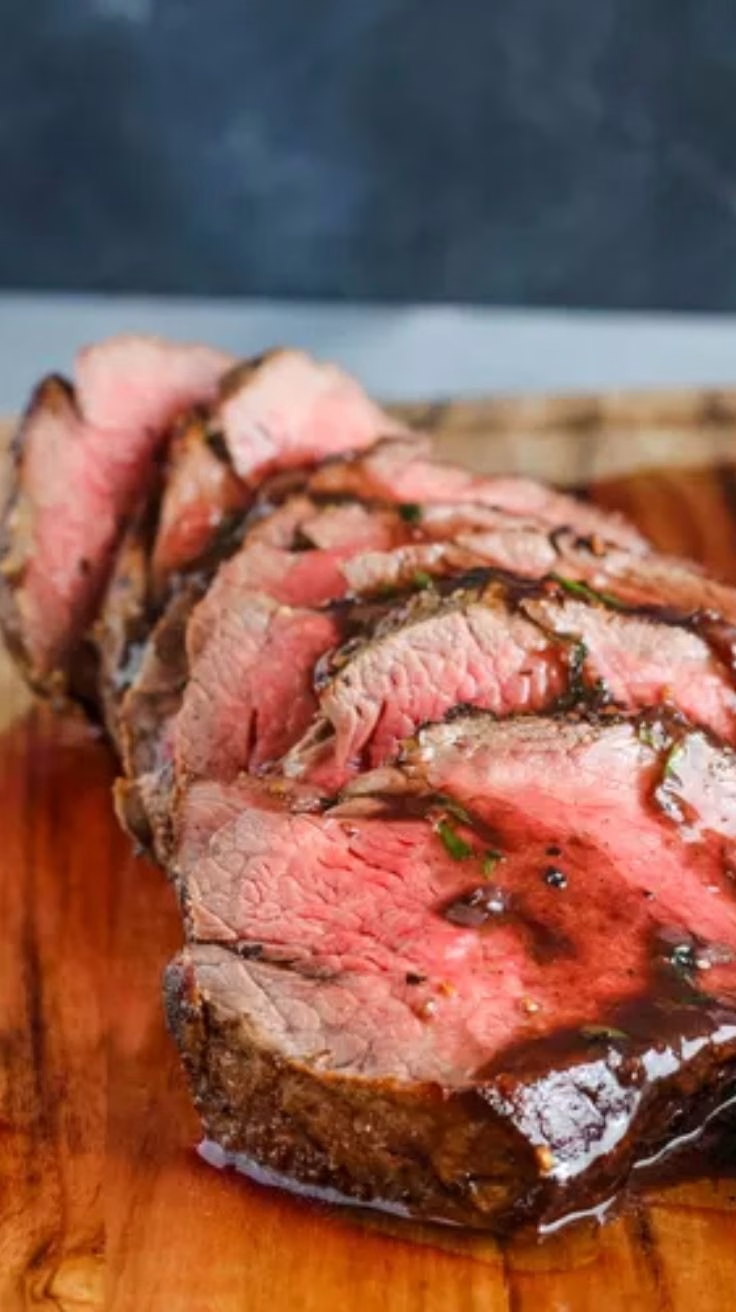
Classic French Chateaubriand
Ingredients
Method
- Set your oven to 375°F. Generously season your beef tenderloin all over with salt and freshly ground black pepper. This step not only enhances flavor but also creates a delicious crust when seared.
- Heat 2 tablespoons of butter and olive oil in your skillet over medium-high heat. Wait until it bubbles but doesn’t turn brown. Place the beef in the skillet and sear each side for about 3 minutes, ensuring an even golden crust. This seals in the juices before roasting.
- Transfer the seared tenderloin to a rack in your roasting pan. Roast for 15 minutes for medium-rare, or slightly longer depending on your preference. Use a meat thermometer to confirm your desired doneness (medium-rare is 135°F).
- Once roasted, transfer the tenderloin to a warm platter and lightly tent it with foil. Resting for 15 minutes redistributes the juices, ensuring the meat is melt-in-your-mouth tender.
- While your meat rests, sauté the chopped shallots in the same pan where the beef was seared. Deglaze with red wine, scraping up browned bits for maximum flavor. Reduce this mixture by half over medium heat, then stir in demi-glace and cook until slightly thickened. Finally, whisk in the remaining butter and tarragon to finish the sauce.
- Slice the rested tenderloin diagonally into thick medallions. Pour the warm sauce over the slices or serve it alongside as a dip.
Notes
- Resting the meat is non-negotiable. Skipping this step will result in less juicy cuts.
- Always preheat the skillet. A hot pan is essential for achieving a beautiful, caramelized crust.
- Use high-quality wine. The sauce’s flavor relies on the wine you choose, so don’t skimp.
- Don’t overcrowd the pan. Searing the tenderloin alone ensures even browning.
- Whisk the sauce constantly after adding butter for a glossy finish.



